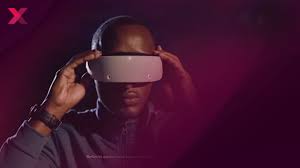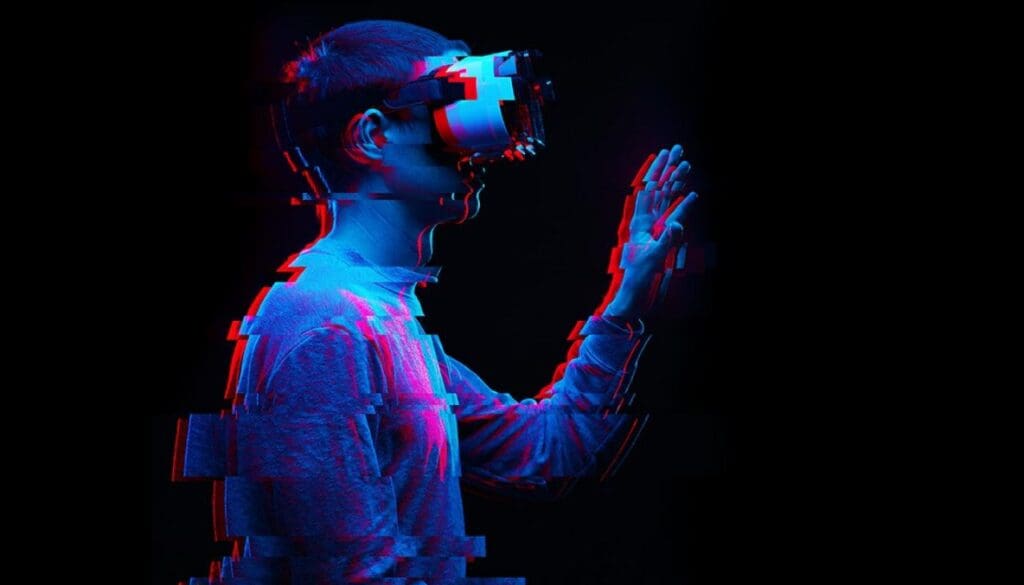
US Approves Metaverse Tech for 6GHz Frequency
The U.S. Federal Communications Commission (FCC) has taken a significant step in response to the increasing influx of mixed reality devices on the market, approving the use of the 6 gigahertz (GHz) frequency band for low-power wearable technologies.
This category includes virtual reality (VR) and augmented reality (AR) devices, which are crucial for the development of the metaverse.
On October 19, the FCC announced through a press release that it has designated the 6 GHz frequency for “very low power devices,” allowing them to operate within this spectrum without the need for a license. This move effectively opens up 850 megahertz of spectrum for use.
The 6 GHz frequency is known for offering faster speeds, broader bandwidth, and reduced latency, making it highly suitable for the demands of modern VR and AR applications.

The FCC stated that “The newly established guidelines will catalyze an innovative ecosystem of applications, including wearable tech and augmented and virtual reality experiences.” This move underscores the agency’s recognition of the 6 GHz band’s importance for advanced Wi-Fi operations, a capability it began to unlock for select devices by late 2020.
In anticipation of these regulatory changes enhancing user experiences and contributing to the U.S. economy’s growth, technology giants such as Meta, Apple, and Google have been at the forefront of developing AR and VR wearables.
Meta introduced its Quest 3 in early October, signaling a strong push in the VR space. Apple is expected to launch its Vision Pro by 2024, marking its entry into the high-end wearable tech market. Additionally, in September, Meta launched a new iteration of its AR glasses in partnership with Ray-Ban, further solidifying its position in the AR sector.
Meanwhile, reports indicate that Apple and Google are also in the process of creating glasses integrated with AR technology, highlighting the competitive landscape in the AR and VR markets.

The leading tech companies, recognizing the potential of the 6 GHz frequency spectrum for their low-power wearable devices, had previously petitioned the FCC in 2020 to gain access to this bandwidth.
Bloomberg highlights some of the promising applications of the 6 GHz band, including the ability to connect AR/VR devices with smartphones or to facilitate the exchange of navigational data with vehicles.
In its announcement, the FCC made it clear that the new rules are designed to ensure the devices operate at very low power levels, with additional requirements set in place to allow their use across the country without interfering with other licensed services utilizing the same frequency. This cautious approach aims to safeguard critical infrastructures and services that already rely on the 6 GHz frequency, such as U.S. electric grid management, long-haul phone services, and backhaul connections essential for telecommunications.
Looking ahead, the FCC is considering further expansions of access to the 6 GHz spectrum for low-power devices, potentially allowing for higher power levels under certain conditions. These conditions might include the use of geofencing technologies to prevent any interference with existing licensed operations within the same bandwidth, indicating the FCC’s commitment to balancing innovation with the need to protect essential services.
You may also like this content
- Can the Metaverse Project Make a Comeback?
- 7 Technologies Powering the Metaverse World
- 5 Ways to Make Money Playing Decentraland (MANA) in 2025
Follow us on TWITTER (X) and be instantly informed about the latest developments…










